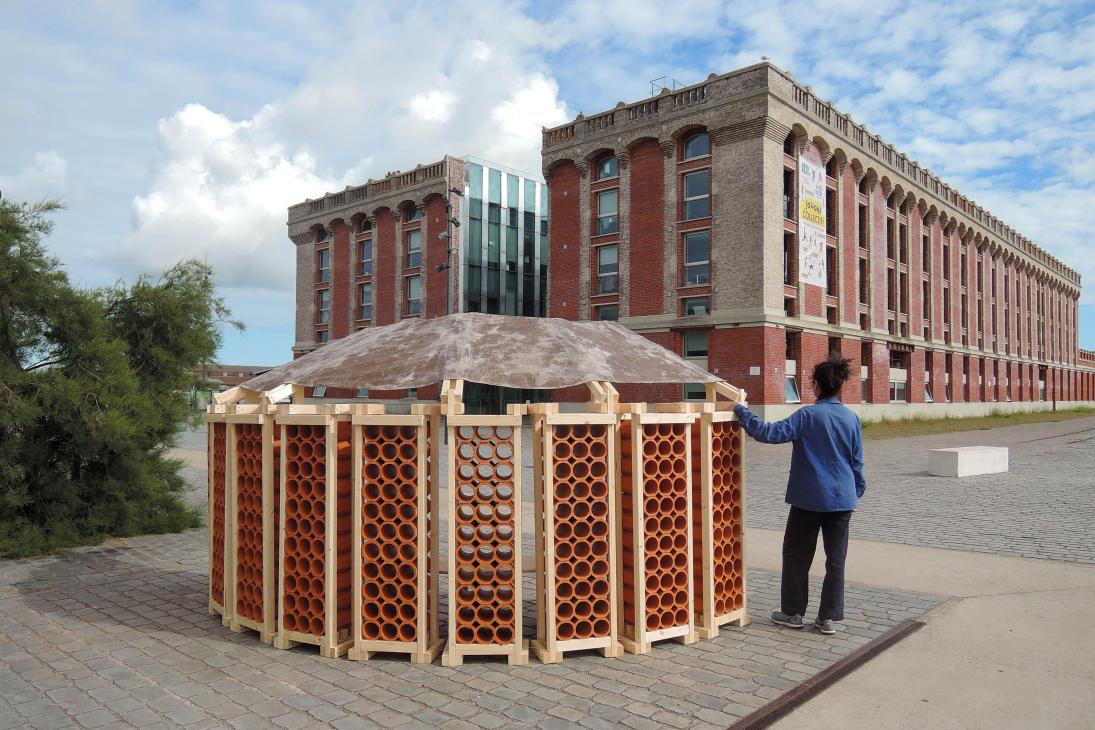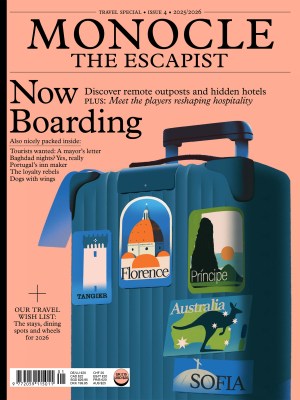How to cool cities naturally, without resorting to air conditioning
Humanity has adapted to environmental challenges. But to mitigate the effects of a warming world, cities must look to the past to glimpse a better future.
As heatwaves stretch longer, affecting more people and cities across the world, many centres of human life are becoming increasingly unliveable. More greenery, shade and water would help but these alone aren’t enough. We also need cool spaces where the temperature, noise and light levels allow our bodies to rest. Fortunately, bringing urban temperatures down is a challenge that humanity has faced for millennia and there’s a lot that we can learn from ancestral technologies. For example, ancient Persian structures such as the yakhtchal or badguir offer effective but low-technology design solutions.
A yakhtchal is a vast communal fridge built from porous materials (eggshells, ground plants and even goat hair), designed to hold ice harvested in winter and keep food cool during summer. A badguir is a wind tower that catches hot air, channels it towards cold underground water, then circulates the cooled air back into living spaces: passive air conditioning making use of climate knowledge, materials and physics.
As a designer and artist, I have tried to reinterpret some of this thinking for today. With architect Imma Sierra, I designed a piece called “Pavillon de l’air”, a covered bench in a semicircle with a slanted fabric roof providing shading throughout the day. The roof is coated in beeswax, which allows rainwater to flow down ventilated terracotta walls below, where it’s stored. When heat warms the hollow bricks through which air can flow, the water is released, cooling the structure through evapotranspiration. The properties of the pavilion’s materials bring temperatures down without electricity.

We also need to make more use of underground spaces. Beneath the streets of Paris (topping Monocle’s 2025 liveable cities index), for instance, there are old railway tunnels, underground chambers and more. These places – La Petite Ceinture, the quarries and catacombs – are naturally cool and quiet. We explored these subterranean locations for a project called “14C”, another collaboration with architect Imma Sierra, which we are showing at this year’s Venice Biennale. Though often inaccessible or neglected, such spaces have enormous potential as sanctuaries from extreme heat. By incorporating elements such as natural light, reflective surfaces, plants and art, we could turn them into inviting underground piazzas where people can gather, cool down and reset.
I collaborate a lot with scientists to ensure that my projects are grounded in data. This was how the “14C” project discovered that the temperature beneath Paris stabilises at a depth of 10.84 metres, a fact that could inform the creation of effective and sustainable cooling solutions in the future.
Though I like low-technology solutions, I’m not against innovation (“14C” wouldn’t have been possible without thermal-imaging cameras). Electric cars reduce noise pollution. Ancestral technologies and new ones don’t need to contradict each other. We must combine ancient and cutting-edge design, with a little more attention given to simpler solutions.
We hear a lot about smart cities but those conversations shouldn’t just be about sensors and data. A yakhtchal, a shaded piazza, a quiet underground tunnel that’s open to the public – all of these are smart. Climate resilience can come from new technology but also from making the most of what already exists: the sun, the wind, the materials at hand.
Read next: Monocle’s 2025 Quality of Life Survey: The world’s 10 most liveable cities
About the writer:
Clémence Althabegoïty is a Paris-based designer and visual artist. She is exhibiting her video installation “14C” at the 2025 Venice Biennale. As told to Monocle Paris bureau chief Simon Bouvier.
This essay originally appeared in the fifth installment of Monocle’s Companion series – browse the entire series in our shop.


